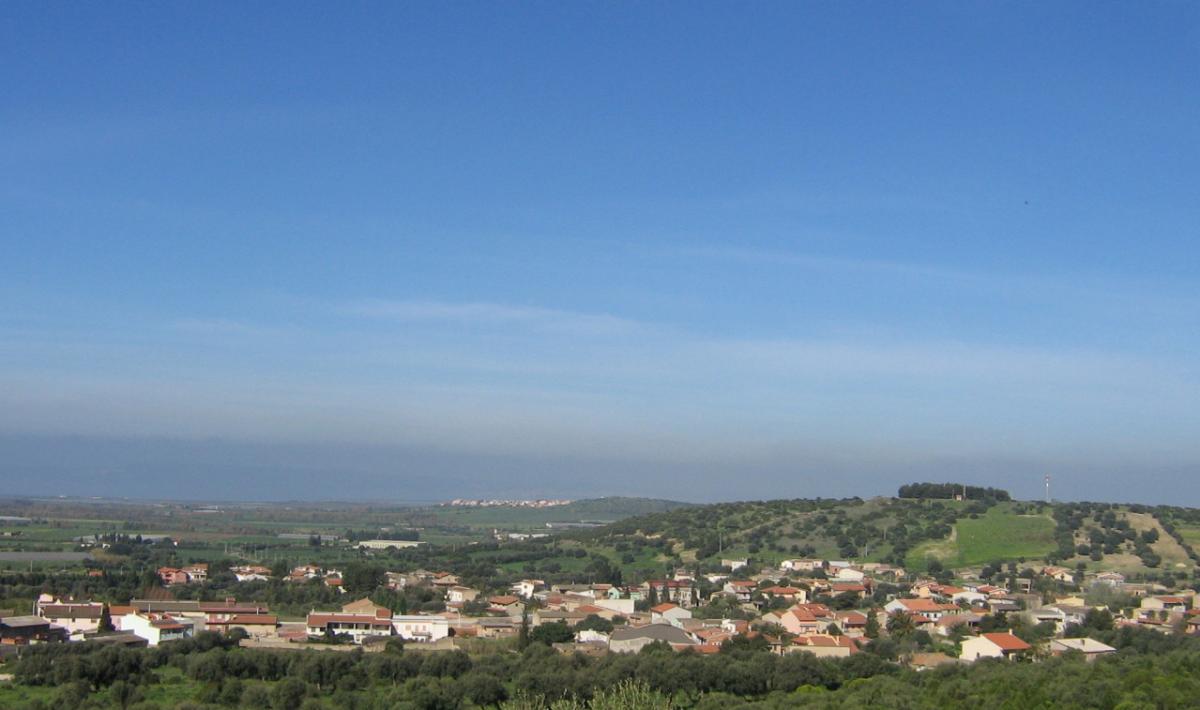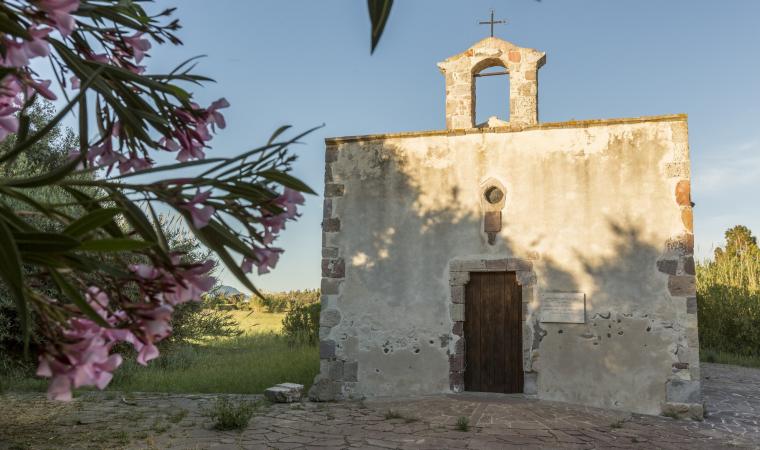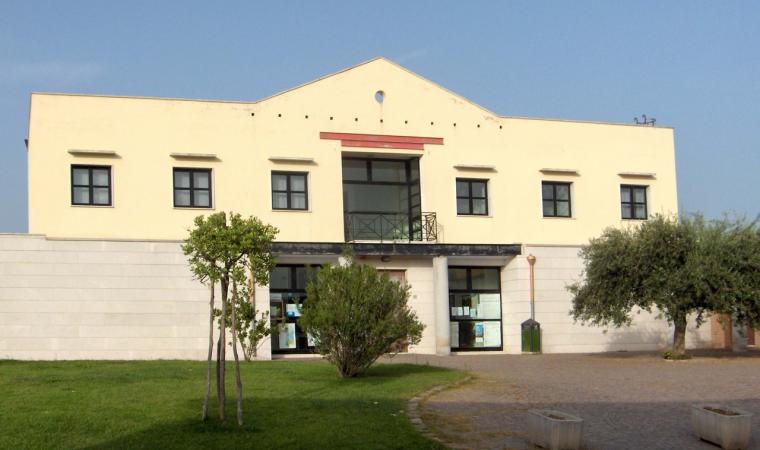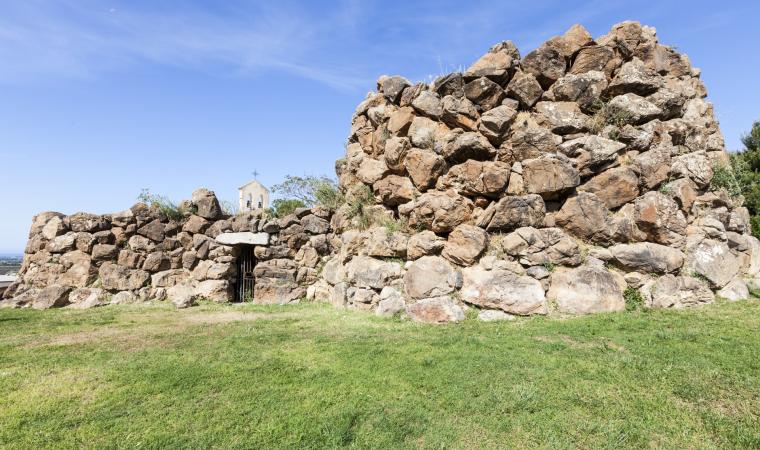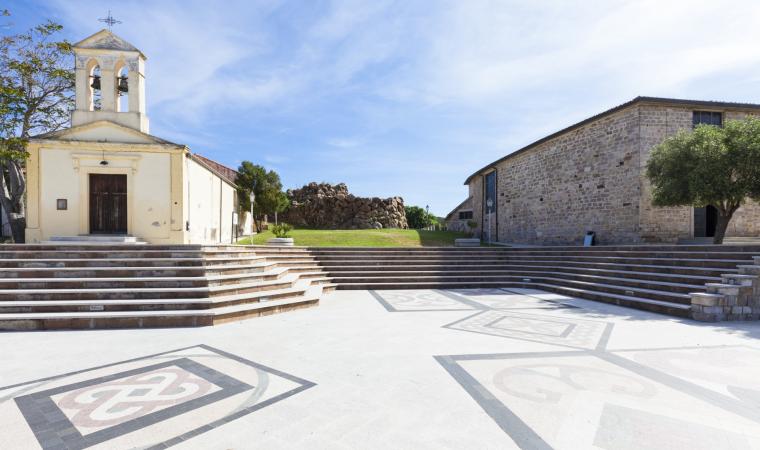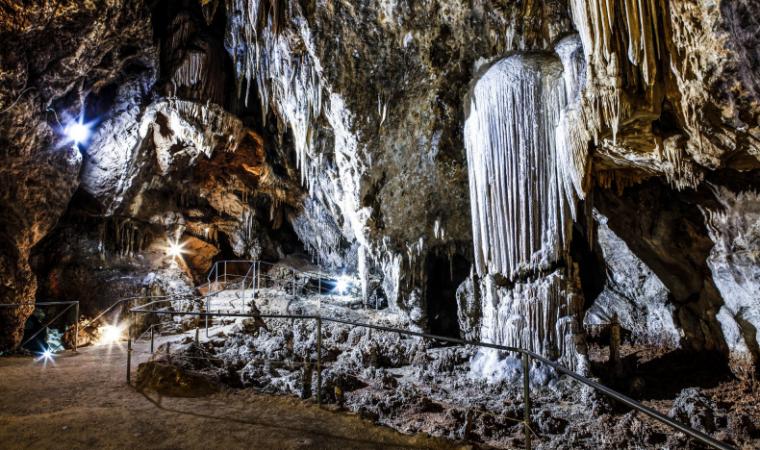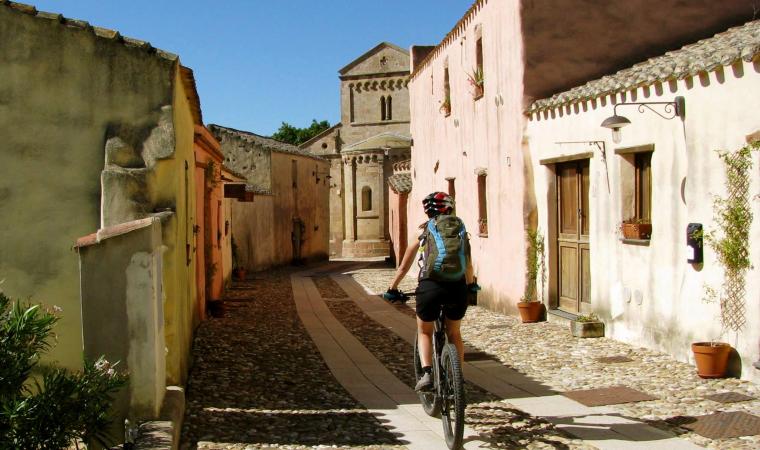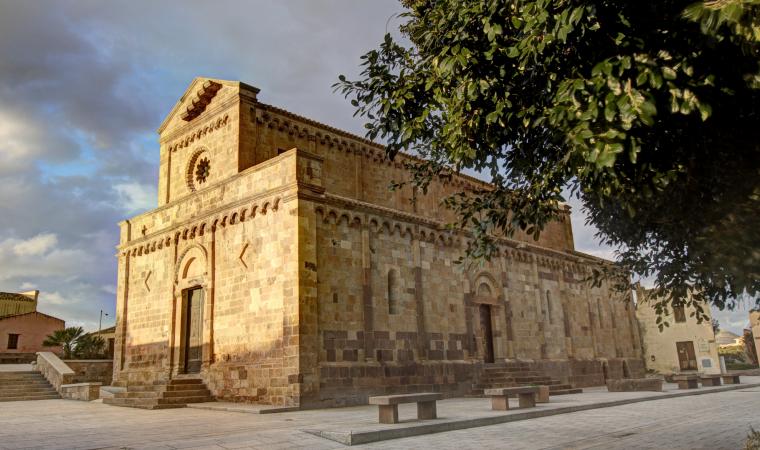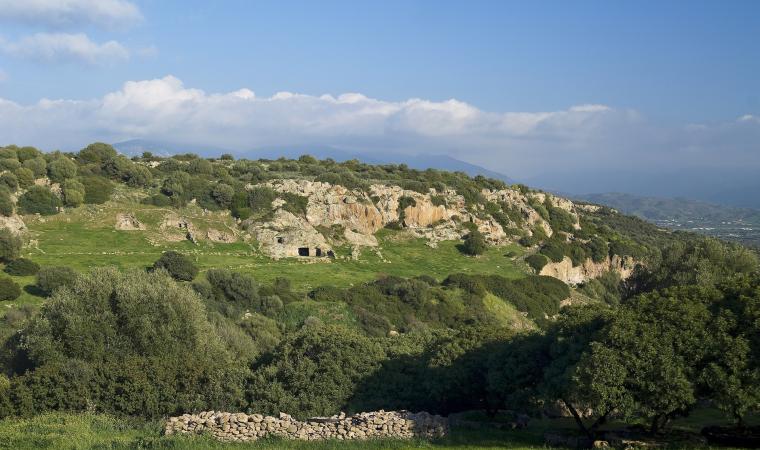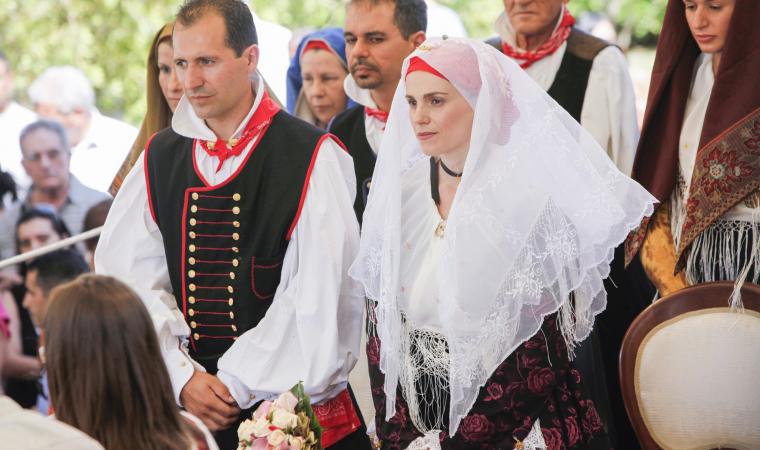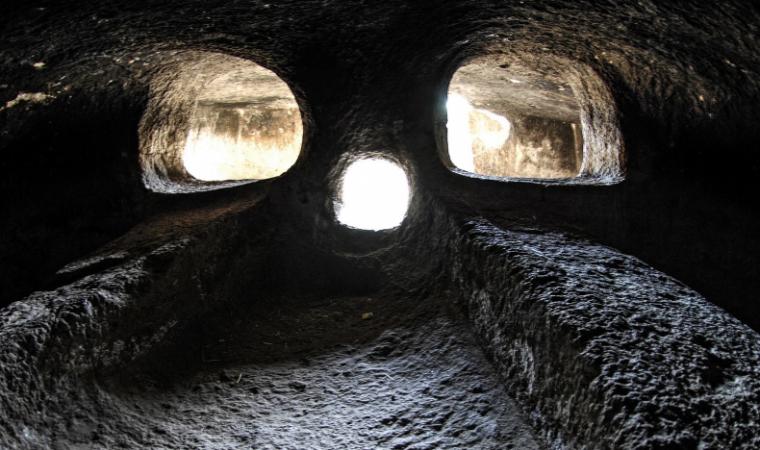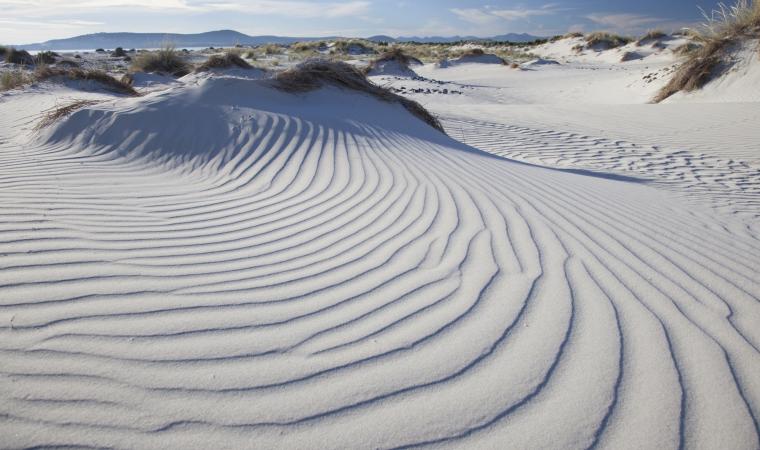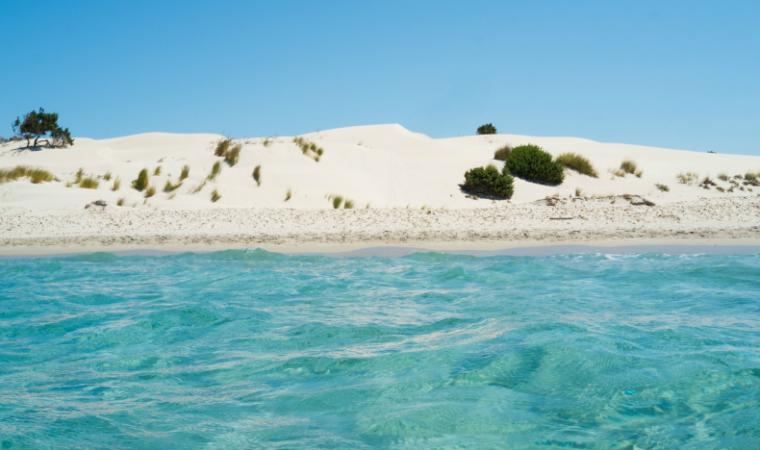Set on a plain nestled among the marshlands alongside the Gulf of Palmas and the south-western edge of Mt Sulcis, cloaked in aromatic Mediterranean vegetation. The modern-day town of Masainas counts 1,300 inhabitants and arose in the late XVIII century, first as a medau (a single farm) and then as a boddeu (a grouping of farmhouses) around the late IX century Gothic-Aragonese church of San Giovanni Battista. The church may have been built over an older, XI century construction when the Benedictines began their proselytization in the area. In the early 1800s, Masainas was a flourishing rural town with 1,800 inhabitants, the largest of its area. Proof of its vocation for farming and shepherding lies in the many furriadroxius, small sheep folds, to be found in the outskirts. In 1975 it became an autonomous town and farming remains the town’s mainstay. The surrounding area is dotted with pastures, vineyards (in particular Carignano grapes) and fields of artichokes. The Artichoke Festival, featuring a variety of local delicacies, is held every year in late March. In early October there is a festival in honour of the patron saint, the Madonna della Salute, one of the most heartfelt in the Sulcis area.
The hills that lead up to the slopes of the mountains change colour and contour according to the season, including the typically Mediterranean vegetation: yellow, red and brown euphorbia (devil’s milk), the deep green of the myrtle bush and lighter shade of the olive trees, the yellow bloom of Spanish Broom in springtime, the grey brown hues of the rockrose. The higher altitudes are home to oak stands, arbutus trees and heather. As you hike up the trails to the summits, you’ll enjoy views of the sea and the Sulcis archipelago. Here eagles, kestrels and buzzards fly. The Sardinian partridge nests here. Not far out of town are the Baiocca and Porto Botte marshes, habitat of herons, black-winged stilts, pink flamingos, cormorants, rare march falcons and swamp hens, all of whom take turns is adding colour to the still waters. High dunes separate the lagoons from the two kilometres of coastland (one with sandy beaches, the other rocky) and are home to a population of wild rabbits, the prey of foxes, hare and the rarer marten and weasels. The stretch of fine white sand scented by juniper bushes and Aleppo pines is where you will find the is Solinas beach. Neolithic settlements were uncovered not far from this sandy shore. Ten nuraghe bear witness to the Bronze Age here, the most interesting being the is Fais nuraghe, four towers laid out like a cross. It eventually came first under Punic rule, followed by the Romans. The remains of a terracotta utensil factory and two Roman sarcophagi were uncovered here. Presumable evidence of a Roman site at is Manigas came in the form of coins, while two tombs hewn into the rock were found at Serra lepuris.

